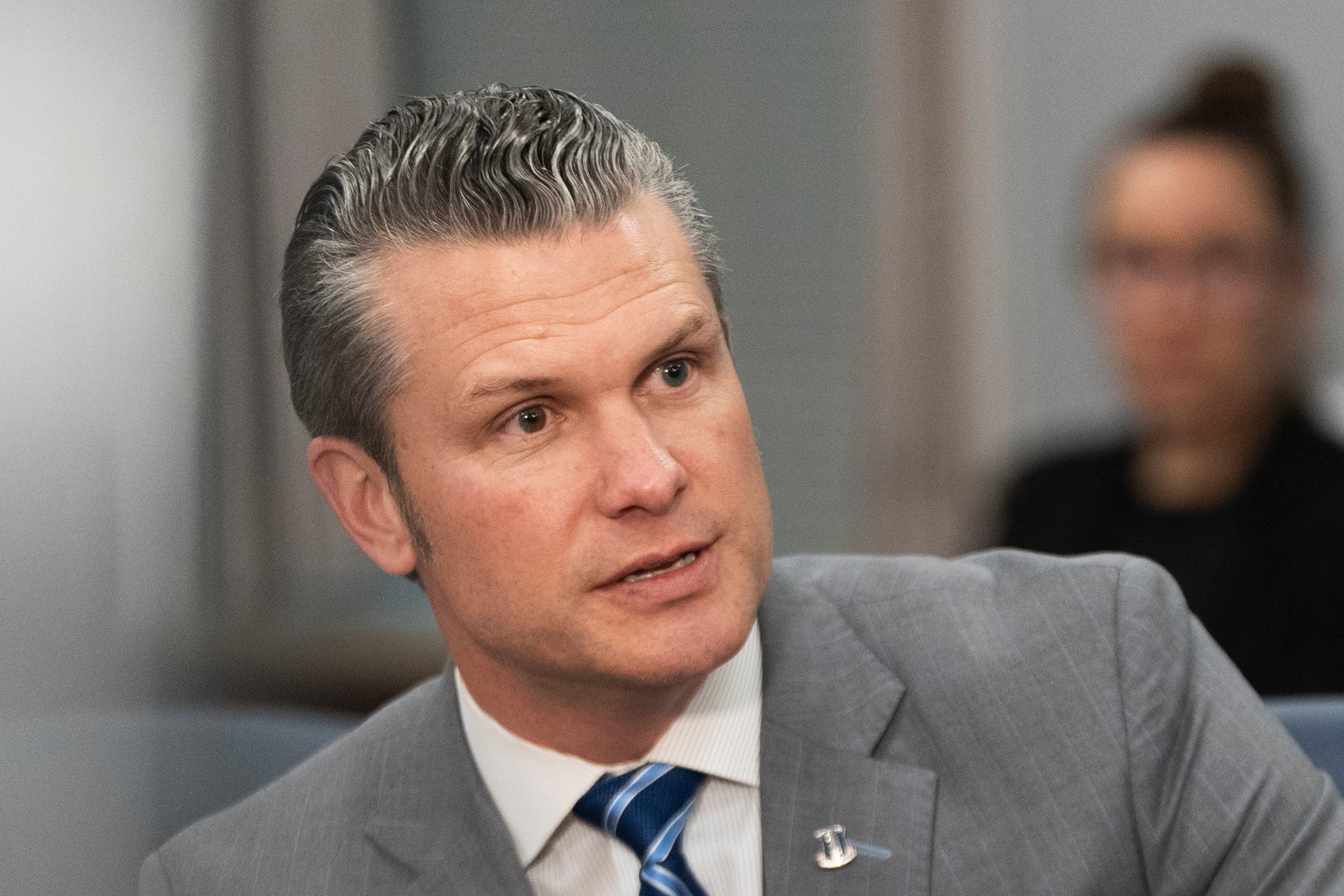The Navy is easing its tough tattoo policy in a bid to recruit and retain more sailors from the millennial generation, of whom more than 1 in 3 sport body art. years after enacting tough rules on tattoos the Navy is lifting nearly all it's rules on the sizes and location of permanent art on sailor’s bodies.
Sailors will be allowed to have neck tattoos, sleeves and even markings behind their ears under the new policy, which is the most lenient of any military service. Only their heads are off limits under the new policy, which the Navy's top sailor has called a reality check on the permanent art favored by sailors and, increasingly, a big portion of the nation. on their neck
It's a The move makes that puts the Navy's tattoo policies as arguably the most liberal of any of the military services in what the Navy's top enlisted sailor is calling a reality check in recognizing it's own fleet culture and that of the nation as a whole.
"We just got to the point where we realized we needed to be honest with ourselves and put something in place that was going to reflect the realities of our country and the needs of our Navy," Master Chief Petty Officer of the Navy (AW/NAC) Mike Stevens said in a March 30 interview. "We need to make sure that we're not missing any opportunities to recruit and retain the best and the brightest because of our policies."
The new rules, announced Thursday and taking effect March 31 which go into effect April 30, will allow sailors to:
- Have multiple or large tattoos below the elbow or knee, including the wrists and hands, effectively allowing sleeve tattoos that can be seen even while wearing short sleeve uniforms.
- Have one tattoo on their neck, which includes behind the ear, and it may not exceed 1 inch in length or height in either or both directions.any direction.
- The move also lifts current restriction on Sailors with such visible tattoos will now be eligible for from recruiting duty assignments or leading recruits at boot camp in Great Lakes, Illinois. These tough assignments often give sailors a leg up to make rank. pushing recruits at Great Lakes.
The rules do not change the Still in place are the Navy’s content guidelines that apply to body art "anywhere on the body," the policy says.
What do you think of the new tattoo rules and what other changes would you like to see to for permitted piercings, tattoos, and branding? Tell us at Navylet@navytimes.com.
These rules were The service reiterated these in the updated policy, banning "tattoos that are obscene, sexually explicit, and or advocate discrimination based on sex, race, religion, ethnicity, or national origin." the policy states.
"In addition, tattoos that symbolize affiliation with gangs, supremacist or extremist groups, or advocate illegal drug use are prohibited — waivers will not be given for tattoos with prohibited content," the service said.
The updated tattoo policy does not apply to Marines, even ones serving at Navy commands, according to a spokesman for Commandant of the Marine Corps Gen. Robert Neller. The Marines are easing their tattoo rules but do not allow sleeves, which would be visible with short-sleeved uniforms like PT uniforms. the khaki and green service uniform 'C.'
In 2015, the Army updated its rules to allow sleeve tattoos, but it does not permit soldiers to have ink on their necks or hands, which would be visible in the Army Service Uniform.
Sailors tattoos must be documented in Tattoos The Navy requires sailors to have their tattoos documented in the administrative remarks section of their service record also requirement that's still in place.
Sailors found to have tattoos with prohibited content could face disciplinary action and even involuntary discharge. It’s left up to commanding officers and leadership triads to decide what crosses the line. if questionable tattoos meet Navy standards. Usually Typically, sailors are allowed to have tattoos removed or modified to eliminate any banned content before they are disciplined. take disciplinary action.
But Beyond what’s stated in the policy, don’t expect a laundry list of do's and don'ts.
"There are just so many variables when you look at tattoo language and tattoo art that it’s just not reasonable to try and identify a set list of what is and what isn’t acceptable," Stevens said. "This is one of those areas where we trust this senior leadership, our triads, to be able to look at something in it’s context, using the chain of command and having a discussions amongst themselves as to whether something is appropriate or not."

Tattoos are popular with sailors, especially millennials. New rules will allow more inked sailors to compete for career-enhancing jobs like recruiting duty. Here, Aviation Boatswain's Mate (Equipment) 3rd Class James Fisher participates in a cable reweaving in the engine room of carrier Abraham Lincoln.
Photo Credit: MC3 Ciarra C. Thibodeaux/Navy
Stevens said the changes came from sailors' feedback, with many complaining that their body art unfairly barred them from jobs like recruit division commanders that can help them get advanced. that the change originated from his conversations he had during fleet visits with sailors, who wanted the standards eased. Many, he complained because they had applied for recruiting or training duties, but their tattoos were preventing them from going.
Stevens said he believes that society is more accepting of tattoos, with some estimates that as much as nearly half of the demographic the military recruits from has tattoos. Doing his homework, he found that society as a whole is more accepting of tattoos than in years past and that among the prime recruiting ages in the country's general population the percentages of those with tattoos was nearly half and arguably rising.
"This isn’t official, but in my research, I saw estimates that the percentage of people with tattoos in the 18 to 25 age group as being between 37 and 40 percent who have a tattoo of some kind," he said. That's not an insignificant number and something we need to pay attention to as an organization."
That age group encompasses the majority of sailors in the fleet, Stevens said, and made the Navy's leadership realize a policy change was needed from the tougher rules enacted 13 years ago. the Navy's leadership decided they need to pay attention to the tattoo trends because it could impact their ability to keep good sailors in the ranks -- and recruit new sailors, too.
"It's a tough recruiting environment out there already and when you start putting up barriers that don't have any true rationale behind them, you create problems for yourself into the future," he said. "We've met [recruiting] goal for 105 straight months and our recruiting is strong, but you never want to get behind."
MCPON, who is wrapping up a 33-year career that is longer than most millennials' lives, would "neither confirm nor deny" when asked whether he has any tattoos.
Senior reporter Jeff Schogol contributed to this report.
Mark D. Faram is a former reporter for Navy Times. He was a senior writer covering personnel, cultural and historical issues. A nine-year active duty Navy veteran, Faram served from 1978 to 1987 as a Navy Diver and photographer.




